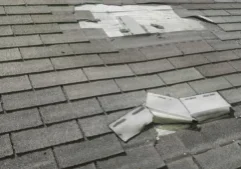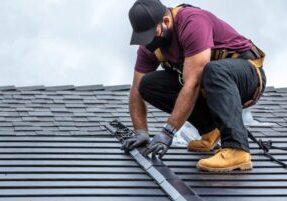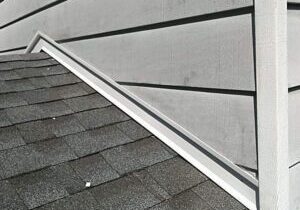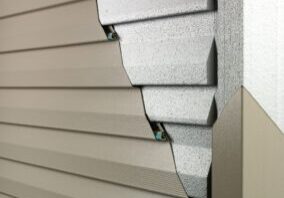You Ask, We Answer: Michigan Roofs Deserve Better Than ‘Wait and See’
💰 Average cost savings over time: $1,500–$3,000 (by preventing major repairs or premature replacement)
You asked:
“Do I really need a roof tune-up if nothing’s leaking?”
We answer:
Fair question — and honestly, that’s the best time to schedule one.
A roof tune-up is like a wellness visit for your home. It’s meant to catch small issues before they become big problems — the kind that lead to buckets under leaks, surprise emergencies, or full roof replacements way earlier than necessary.
So, what does a tune-up actually include?
While every company may offer slightly different services, a good roof tune-up should include:
- A full walk-through of your shingles, vents, flashing, and seals
- Resealing any exposed nails and checking all penetrations
- Replacing or securing lifted shingles (minor repair work)
- Clearing out debris from valleys or problem areas
- Photos or a short report showing what was done and what was found
- Real recommendations — not pressure — if additional work is needed
Basically, someone experienced gets up there so you don’t have to, and makes sure your roof is set up to protect your home the way it should.
🕐 How often should I get a tune-up?
It depends on your roof’s age — but here’s a helpful breakdown:
- 0–5 years old? Every 5 years is probably enough.
- 5–15 years? Schedule one about every 3 years to stay ahead of normal wear.
- 15+ years? We recommend a yearly check-up, especially if you’re seeing signs of wear.
This also gives you time to plan and budget for a replacement if needed — instead of being caught off guard.
👉 Bonus tip: Your roofing inspector should tell you when to schedule your next tune-up based on the roof’s condition.
Common issues we find during tune-ups:
Even if your roof looks great from the driveway, here’s what we frequently spot during tune-ups:
- Nail pops that break the seal and can let water in
- Cracked sealant around vents or chimney flashing
- Lifted or missing shingles (thanks, wind)
- Granule loss and signs of wear in key areas
- Debris build-up that traps moisture or blocks drainage
Individually, they’re small fixes. Left alone? They can shorten your roof’s lifespan or cause leaks that lead to interior damage, insulation rot, or mold issues.
What should I do with the info from a tune-up?
Simple: save it. Use the photos and report to:
- Understand your roof’s current condition
- Keep a record for home maintenance (or resale)
- Plan your next steps before damage happens
And if everything checks out? You’ve just bought yourself peace of mind.
Questions to ask before you book a tune-up:
Because not all services are created equal. Here’s what to ask:
- What’s included in your tune-up?
- Will I get a written summary or photos?
- Are minor repairs included, or extra?
- Are you licensed and insured?
- Will you be honest with me if nothing needs fixing?
If they dodge any of those questions, keep looking.
Final thoughts:
A roof tune-up isn’t just another checkbox on your to-do list. It’s one of the smartest, most cost-effective ways to protect your home and plan ahead — without the pressure.
Even if you’re thinking of working with another company (we know some great ones around here, too), we hope this helped you ask better questions, feel more confident, and protect your home wisely.
Got questions? We’re here.
Whether it’s a full inspection or just a quick conversation, the Acme team is always happy to help — without pressure and without the hard sell.
📱 Text us. ☎️ Call us. 🖥️ Or fill out our quick Book My Tune Up— and we’ll walk your roof like it’s our own.
Looking for something?
How can we help you?
Ready to find out more?
Drop us a line today for a free quote!








